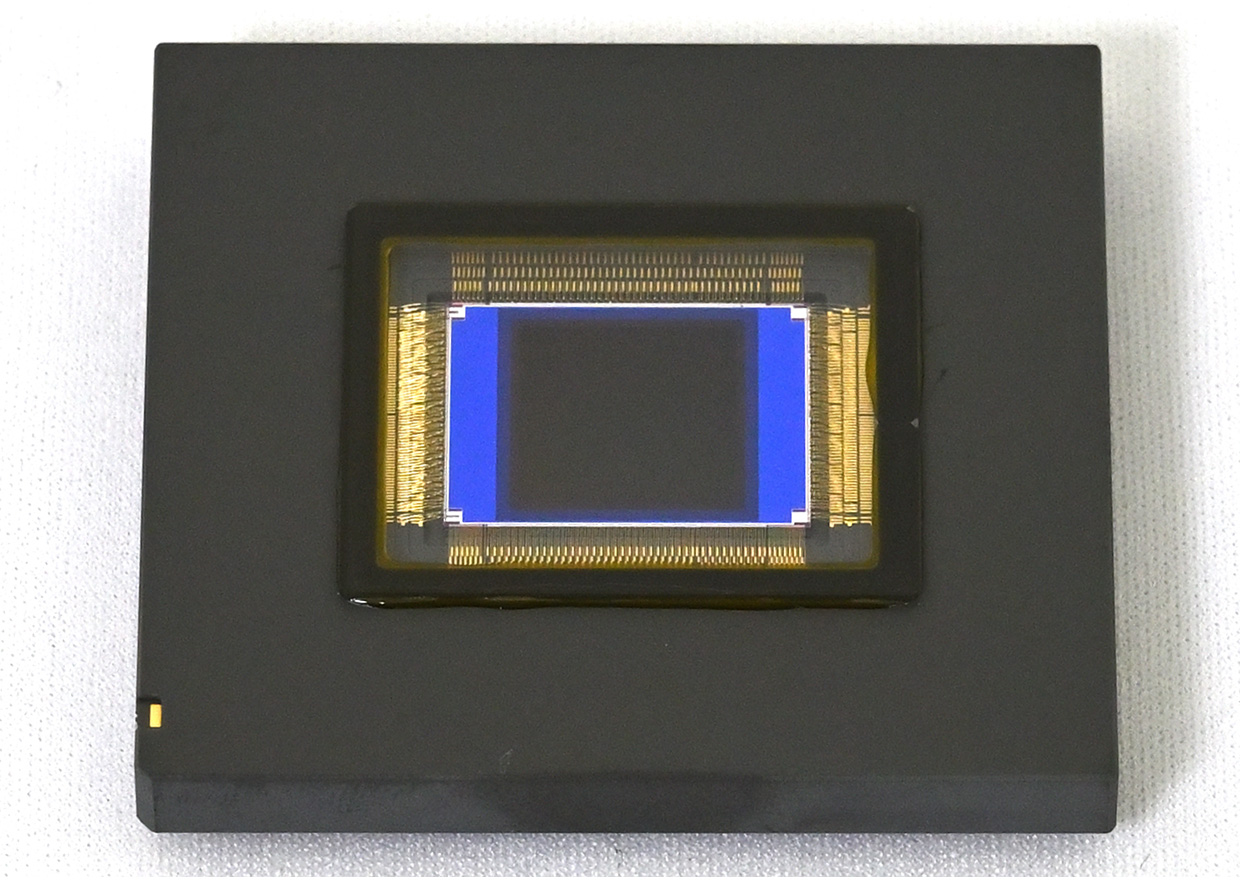| Pixels |
Camera Effective Pixels |
20.1 Megapixels |
| Sensor |
Sensor Size / Total Pixels / Filter |
1-type High Sensitivity MOS Sensor / 20.9 Total Megapixels / Primary Color Filter |
| Lens |
Aperture |
F3.3 – 6.4 / Multistage Iris Diaphragm (F3.3 – 8.0 (W), F6.4 – 8.0 (T)) |
| Intelligent Zoom |
30x |
| Lens |
LEICA DC VARIO-ELMAR |
| Optical Image Stabilizer |
5-Axis HYBRID O.I.S. +* |
| Focus |
Focusing Area |
Normal: Wide 50 cm – infinity / Tele 100 cm – infinity/AF Macro / MF / Intelligent Auto / Motion Picture: Wide 3 cm – infinity / Tele 100 cm – infinity |
| AF Assist Lamp |
Yes (On / Off) |
| Post Focus |
Yes |
| Focus Stacking |
Yes |
| AF Metering |
Face/Eye Detection / Tracking / 49-area / Custom Multi / 1-area / Pinpoint/(Full area touch is available) |
| Shutter |
Shutter Speed [Still Image] |
Approx. 60 – 1/2,000 sec (Mechanical Shutter)/Approx. 1 – 1/16,000 sec (Electronic Shutter)/Time (Approx. 120 sec) |
| Shutter Speed [Motion Picture] |
Approx. 1/25 – 1/16,000 sec/Approx. 1/2 – 1/16,000 sec (Creative Video M Mode / MF Mode) |
| Recording Modes |
Mode Dial |
Intelligent Auto, P, A, S, M, Creative Video, C (Custom), Panorama Shot, Scene Guide, Creative Control |
| 4K Photo Mode (*2) |
4K Burst: 30 frames/sec, max. 15 min/4K Burst (S/S): 30 frames/sec, max. 15 min/4K Pre-Burst: 30 frames/sec, approx. 2 sec |
| Continuous Recordable Time (Motion Pictures) (*2) |
AVCHD |
4K/30p, 4K/25p: Approx. 90 min/FHD/60p, FHD/50p: Approx. 100 min |
| MP4 |
FHD/50p: Approx. 100 min/FHD/50i: Approx. 100 min |
| Actual recordable Time (Motion Pictures) (*2) |
AVCHD |
4K/30p, 4K/25p: Approx. 45 min/FHD/60p, FHD/50p: Approx. 50 min |
| MP4 |
FHD/50p: Approx. 50 min/FHD/50i: Approx. 50 min |
| Exposure Parameters |
Exposure |
Program AE, Aperture Priority AE, Shutter Priority AE, Manual |
| Light Metering |
Intelligent Multiple / Center Weighted / Spot |
| ISO Sensitivity |
(Changeable to 1/3 EV step) |
| Picture Quality |
Still Picture Recording |
[4:3] 4864×3648 (17.5M) (L) / 3456×2592 (9M) (M) / 2432×1824 (4.5M) (S)/[3:2] 5472×3648 (20M) (L) / 3888×2592 (10M) (M) / 2736×1824 (5M) (S)/[16:9] 5472×3080 (17M) (L) / 3840×2160 (8M) (M) / 1920×1080 (2M) (S)/[1:1] 3648×3648 (13.5M) (L) / 2592×2592 (6.5M) (M) / 1824×1824 (3.5M) (S) |
| Image Quality |
RAW / RAW+Fine / RAW+Standard / Fine / Standard |
| White Balance |
(2-axis adjustable) |
| Picture Adjustment |
Contrast, Sharpness, Noise Reduction, Saturation*, Color Tone**, Filter Effect**/*Except for Monochrome mode. **For Monochrome mode only. |
| Bracket |
AE Bracket |
3, 5, 7 images in 1/3, 2/3 or 1 EV step, Max. +/-3 EV |
| Other |
Digital Red Eye Correction (Red-Eye Removal) |
Yes (On / Off) |
| Wi-FI |
IEEE 802.11b/g/n/2412 MHz – 2462 MHz (1-11 ch)/WPA / WPA2/Infrastructure Mode / WPS |
| Self Timer |
2 sec / 10 sec / 10 sec (3 images) |
| Display |
Rating / Rotate Image / Protect |
Yes / Yes / Yes |
| Playback Mode |
All, Picture Only, Video Only, Slideshow (All / Picture Only / Video Only, duration & effect is selectable), Calendar |
| Thumbnails / Zoomed Playback |
12,30-thumbnails / Yes |
| Show Histogram/ Show Highlights |
Yes / Yes |
| Edit |
Retouch |
Clear Retouch |
| RAW Processing |
Yes |
| Direct Print |
PictBridge compatible |
| Title Edit / Text Stamp |
Yes / Yes |
| Video Divide |
Yes |
| Setup |
OSD language |
Japanese, English, German, French, Italian, Spanish |
| Monitor |
LCD Monitor |
Static Touch Control |
| Media |
Recording Media |
SD Memory Card, SDHC Memory Card, SDXC Memory Card/(Compatible with UHS-I UHS Speed Class 3 standard SDHC / SDXC Memory Cards) |
| Built- in- Memory |
– |
| Audio |
Microphone / Speaker |
Stereo / Mono |
| Interface |
Interface |
microHDMI typeD (*3), USB2.0 Micro-B |
| Power |
Power |
Li-ion Battery Pack (7.2V, 1025mAh, 7.4 Wh) (Included)/USB power charging |
| Standard Package |
Included Software |
・ The software to process RAW file on computer is not bundled with this camera. To do this, SILKYPIX Developer Studio is available for download at Ichikawa Soft Laboratory’s website using computer connected to the Internet./http://www.isl.co.jp/SILKYPIX/english/p/ (For Windows / Mac) |
| Standard Accessories |
Battery Pack, AC Adap |






